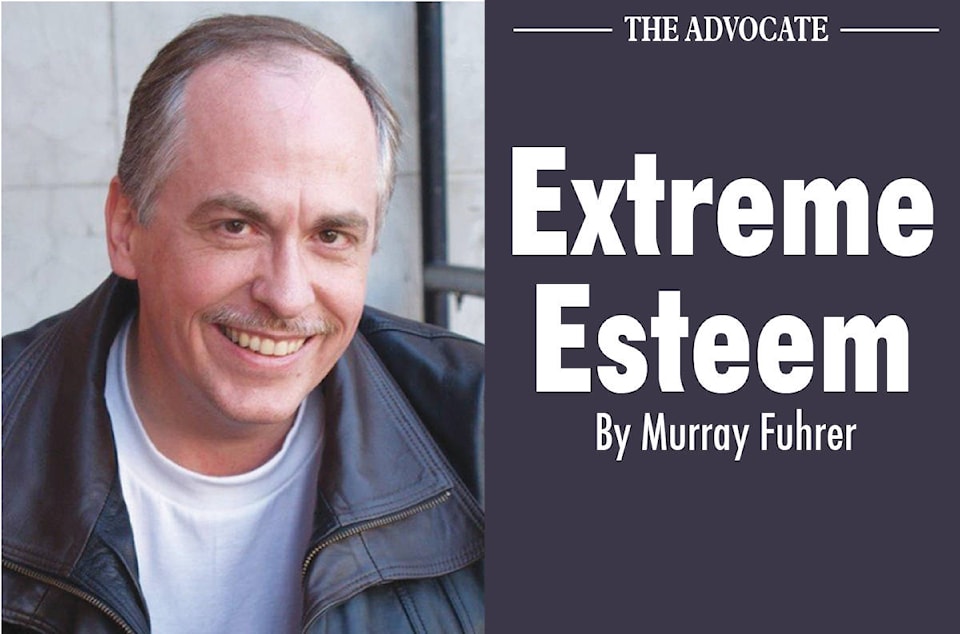“Who sees the human face correctly? The photographer, the mirror or the painter?”
– Pablo Picasso, Spanish painter, poet and playwright
“Should I try to change myself, or accept myself as I am?”
“Do you like yourself,” I asked, “as you are here and now?”
“Not really,” he replied. “Most days, I despise myself.”
For those hoping to experience personal growth, it’s a question that’s often raised. Moreover, though personal change and self-acceptance may seem on opposite sides of the spectrum, they are basically two sides of the same coin.
I recall years ago when I began my journey of self-esteem building; I was eager to make some radical changes in my life. The more aware I became of my negative tendencies, the more determined I became to change, if not eradicate, the old me. The old me had other plans and the harder I tried to push, pull or drag myself toward that radical change, the more entrenched the old ways became and the more anxious I grew.
I discovered something in my self-esteem journey: the key to real and lasting change lies in accepting ourselves as we are at this moment – in the here and now. I know that sounds contradictory, but let’s think about it. Building our self-esteem requires awareness and self-responsibility. Self-responsibility occurs when we take ownership of our words and actions. Acceptance does not mean liking or agreeing with a situation. It means that we see it for what it is – no justifications and no blinders.
Put quite simply, you can’t fix a problem you haven’t admitted is there. Think of renovating an old house. You must take a serious look at any foundational or structural issues and address them before any form of renovation can take place.
Under the guise of self-acceptance, we make statements like, “That’s just who I am!” This is not self-acceptance but rather a form of resistance. Self-acceptance should never be used to justify prejudices, unfounded opinions or self-righteous behaviour.
How does the gap become so vast between who we are and who we’d like to be? It happens slowly over time. As we grow older and move through a variety of experiences, old perceptions can become solidified – guided – often, by our early programming. The outer persona becomes (in some cases) radically different than the person we are inside. We often lock down our sensitive, tender or vulnerable aspects, believing to expose them will leave us open to pain and heartache. Admittedly, there is some truth to that presumption but to lock authentic elements of yourself away is to live a life with a governor restricting the among of love, joy and life you experience.
In a workshop I attended a few years ago, the facilitator passed around a mirror and asked each participant to describe the person reflected there. The woman next to me became quite agitated. “I can’t look at that terrible woman,” she said and turned away – quickly passing the mirror on to the next person in line.
To me, the observation stood in stark contrast to the one that followed when the facilitator asked us to describe the person reflected as if they were a stranger.
“She’s a pleasant looking woman – not pretty, but pleasant. She has a nice complexion and straight, white teeth – looks like she wore braces as a child. I think she likes to laugh, judging by the lines around her mouth and eyes.”
Somehow, in the process of growing up, or at least growing older, many of us have lost touch with our authentic selves and grown to despise, ignore or repress various aspects of ourselves. Permanent change will never occur until we look at those aspects of our psyche, openly and honestly and recognize them as part of our whole.
American psychologist Carl Rogers perhaps expressed it best when he declared, “The curious paradox is that when I accept myself just as I am, then I can change.”
Murray Fuhrer is a self-esteem columnist
